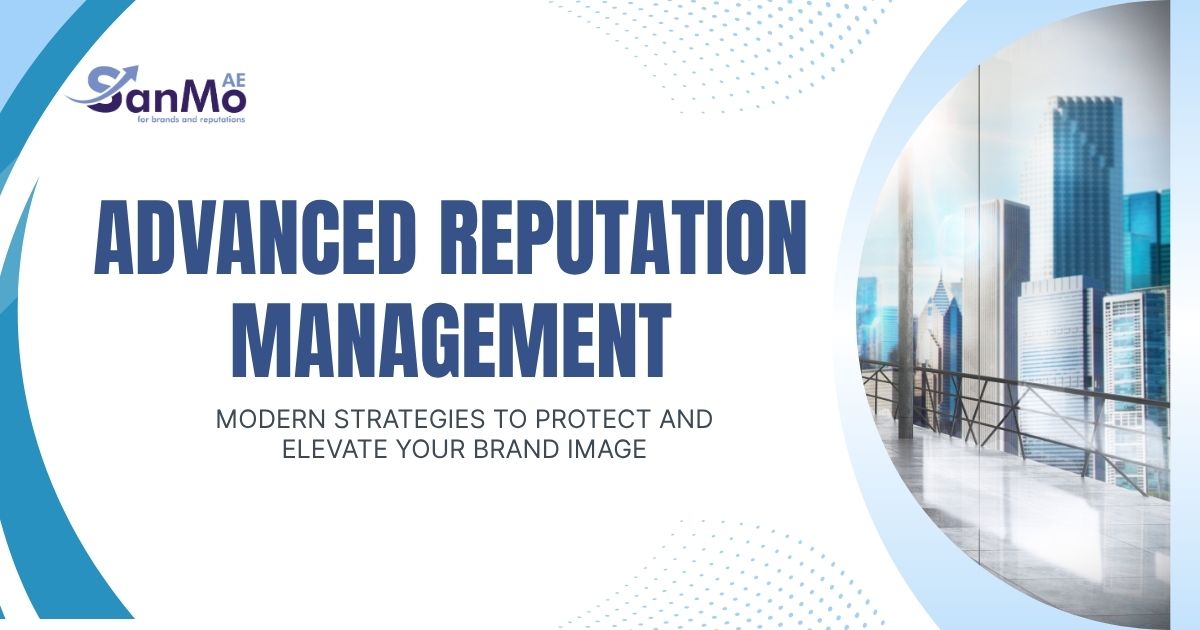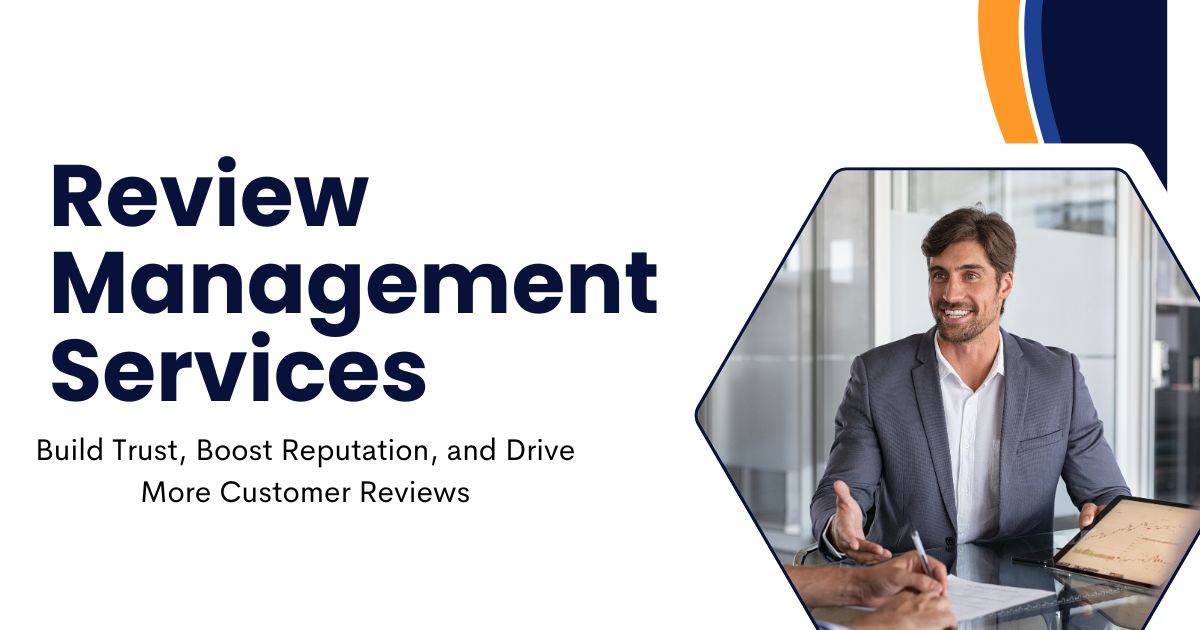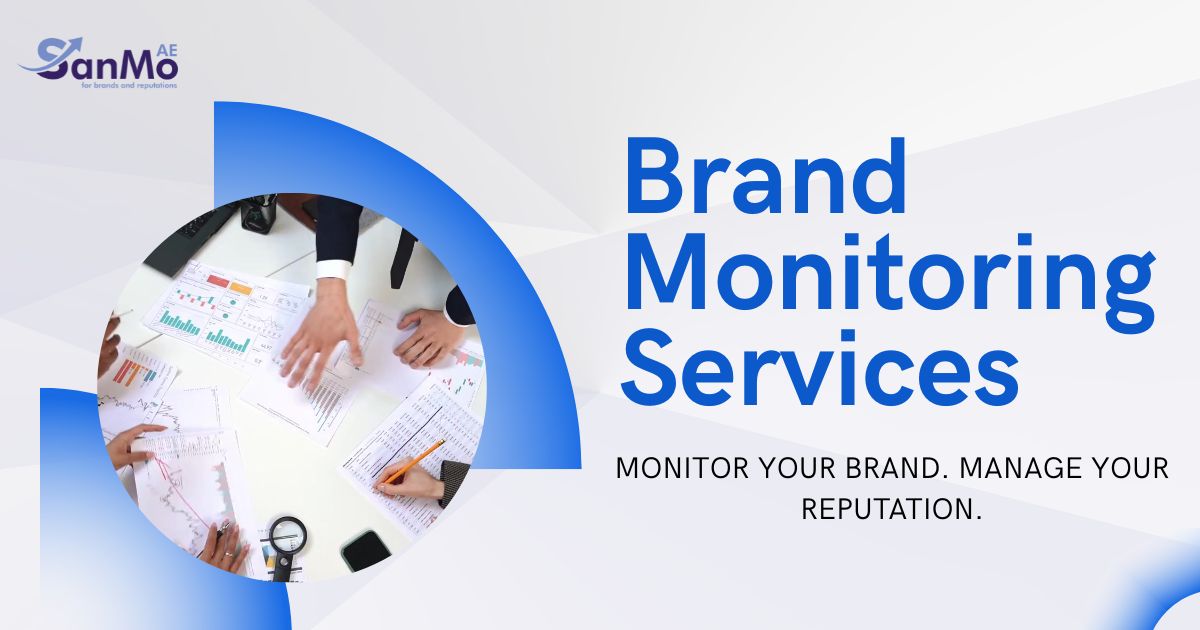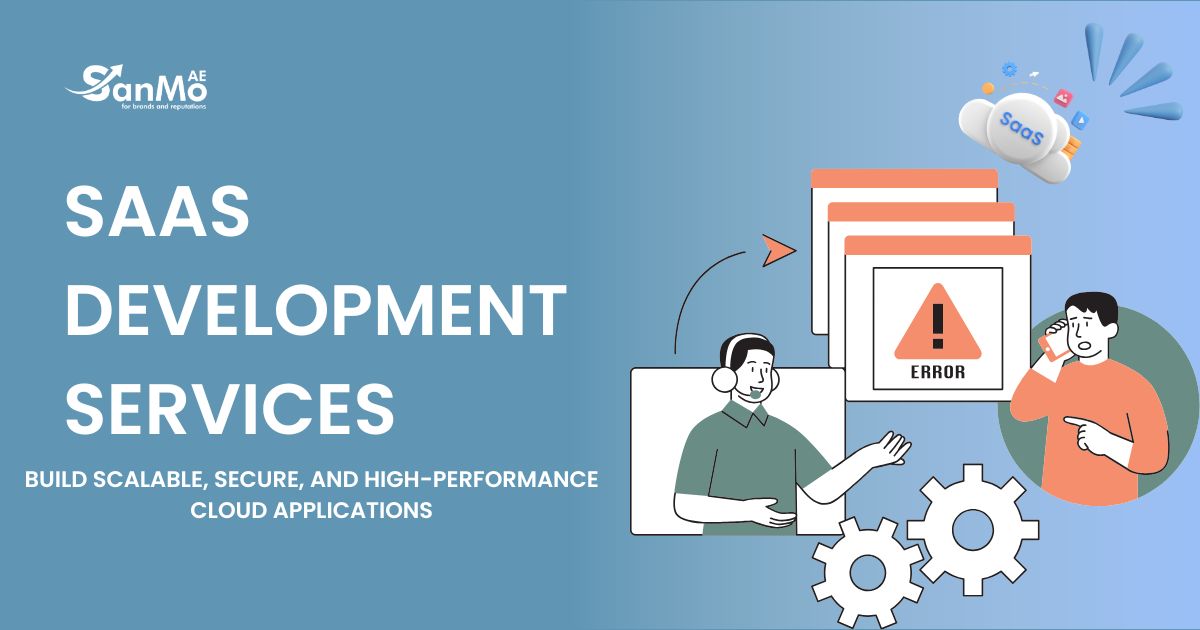Your reputation precedes you—especially online. A single negative review, viral complaint, or unfavorable news story can instantly damage years of carefully built trust. For businesses operating at scale, basic reputation monitoring simply isn’t enough.
Advanced reputation management goes beyond responding to reviews or tracking mentions. It involves sophisticated strategies, cutting-edge tools, and proactive measures that protect your brand before crises emerge. This comprehensive approach helps organizations maintain positive public perception, mitigate risks, and turn reputation challenges into competitive advantages.
Whether you’re a multinational corporation, growing startup, or established business expanding into new markets, mastering advanced reputation management techniques is essential for sustained success. This guide explores proven strategies, innovative tools, and actionable frameworks that reputation professionals use to safeguard and enhance brand image.
What Makes Reputation Management “Advanced”?
Traditional reputation management focuses on reactive responses—addressing negative feedback after it appears. Advanced reputation management operates differently, emphasizing prevention, strategic intervention, and long-term brand positioning.
Key characteristics include:
Predictive Analytics: Using data science to identify potential reputation risks before they escalate. This involves analyzing sentiment trends, competitor activities, and market conditions that could impact your brand.
Multi-Channel Strategy: Managing reputation across diverse platforms simultaneously—social media, review sites, news outlets, forums, and industry publications. Each channel requires tailored approaches and messaging.
Crisis Simulation: Conducting regular reputation stress tests through scenario planning and crisis simulations. Organizations practice responses to hypothetical situations, refining their crisis communication protocols.
Stakeholder Mapping: Identifying and prioritizing key influencers, customers, employees, partners, and community members who shape public perception. Advanced practitioners develop specific engagement strategies for each stakeholder group.
Building Your Advanced Reputation Infrastructure
Effective reputation management requires robust systems and processes. Start by establishing these foundational elements:
Comprehensive Monitoring Systems
Deploy multiple monitoring tools to capture mentions across the digital landscape. Free tools like Google Alerts provide basic coverage, but advanced reputation management demands enterprise-grade solutions.
Professional monitoring platforms track sentiment analysis, identify trending topics, and provide real-time alerts for reputation threats. Set up keyword variations, competitor tracking, and industry-specific terms to ensure comprehensive coverage.
Consider monitoring beyond obvious channels. Industry forums, professional networks, academic publications, and niche communities often discuss brands before conversations reach mainstream platforms.
Response Protocol Framework
Develop standardized response protocols for different types of reputation challenges. Create templates for common scenarios while maintaining flexibility for unique situations.
Your framework should specify response timeframes, approval processes, and escalation procedures. Low-impact issues might receive automated responses within hours, while serious concerns require executive involvement and carefully crafted statements.
Document tone guidelines, legal considerations, and brand messaging consistency rules. Train team members on when to engage publicly versus handling issues through private channels.
Crisis Communication Command Center
Establish a dedicated crisis response team with clearly defined roles and responsibilities. This team should include representatives from communications, legal, operations, and senior leadership.
Create communication trees that specify who contacts whom during different types of crises. Develop pre-approved messaging frameworks for common scenarios, allowing rapid response without compromising message quality.
Test your crisis communication systems regularly through drills and simulations. Update contact information, review response protocols, and refine messaging based on lessons learned.
Proactive Reputation Building Strategies
Advanced reputation management emphasizes building positive sentiment before negative issues arise. Strong reputations provide resilience against attacks and create goodwill that helps organizations weather storms.
Content Authority Development
Position your organization as a thought leader through strategic content creation. Publish research reports, industry analyses, and expert commentary that demonstrates knowledge and expertise.
Guest speaking opportunities, podcast appearances, and conference presentations extend your reach while building credibility. Collaborate with respected industry publications and influential voices to amplify your message.
Create educational resources that provide genuine value to your target audience. When people associate your brand with helpful, reliable information, they’re more likely to give you the benefit of the doubt during controversies.
Strategic Partnership Cultivation
Build relationships with key stakeholders before you need their support. Engage with industry associations, community organizations, and advocacy groups relevant to your business.
Participate in charitable initiatives and community development projects that align with your values. These relationships provide allies who can vouch for your character during reputation challenges.
Maintain regular communication with journalists, bloggers, and influencers who cover your industry. Provide them with newsworthy updates, expert insights, and exclusive access to build positive relationships.
Employee Advocacy Programs
Your employees are your most credible brand ambassadors. Develop programs that encourage and enable employees to share positive stories about your organization.
Provide social media training and content resources that help employees represent your brand professionally. Recognize and reward employees who contribute to positive reputation building.
Address internal reputation issues quickly and transparently. Employees who feel valued and respected are more likely to defend your organization publicly and less likely to become reputation threats.
Crisis Response and Damage Control
Even organizations with excellent proactive strategies occasionally face reputation crises. Advanced reputation management includes sophisticated crisis response techniques that minimize damage and accelerate recovery.
Rapid Assessment and Response
When reputation threats emerge, conduct immediate impact assessments. Evaluate the severity, potential reach, and likely consequences of the issue. This assessment guides your response strategy and resource allocation.
Respond quickly but thoughtfully. Acknowledge concerns promptly while gathering facts and developing comprehensive responses. Sometimes a brief holding statement buys time for thorough investigation without appearing unresponsive.
Monitor conversation velocity and sentiment shifts to gauge whether your responses are effective. Adjust your strategy based on real-time feedback and changing circumstances.
Multi-Channel Damage Control
Address reputation issues across all relevant channels simultaneously. A response strategy that focuses only on one platform while ignoring others allows negative narratives to spread unchecked.
Tailor your messaging for each platform’s audience and communication style while maintaining consistency in core messages. Twitter responses require different approaches than formal press statements or customer service emails.
Use positive channels to counterbalance negative coverage. Share success stories, customer testimonials, and positive news through your owned media channels and partner networks.
Long-term Reputation Recovery
Reputation recovery often takes months or years. Develop comprehensive recovery plans that address root causes rather than just symptoms.
Implement concrete changes that demonstrate commitment to improvement. Communicate these changes transparently and provide regular updates on progress.
Measure recovery through multiple metrics including sentiment analysis, search result improvements, stakeholder feedback, and business performance indicators.
Technology and Advanced Reputation Management
Modern reputation management leverages sophisticated technology tools that provide capabilities far beyond basic monitoring and response.
Artificial Intelligence and Machine Learning
AI-powered tools analyze massive amounts of data to identify patterns, predict reputation risks, and recommend response strategies. Machine learning algorithms improve over time, becoming more accurate at distinguishing genuine threats from minor issues.
Natural language processing helps organizations understand sentiment nuances and cultural context that human analysts might miss. These tools can process multiple languages and regional variations simultaneously.
Predictive analytics identify emerging issues before they become widespread problems, allowing proactive intervention that prevents crisis escalation.
Automated Response Systems
Sophisticated chatbots and automated response systems handle routine reputation management tasks, freeing human experts for complex strategic work. These systems can acknowledge concerns, provide initial responses, and escalate issues when necessary.
Automation ensures consistent response times and messaging while maintaining detailed records of all interactions for analysis and improvement.
However, automated systems must be carefully configured to avoid tone-deaf responses or inappropriate escalations that could worsen reputation problems.
Measuring Advanced Reputation Management Success
Advanced reputation management requires sophisticated measurement approaches that go beyond simple metrics like mention volume or sentiment scores.
Comprehensive KPI Frameworks
Develop multi-dimensional measurement systems that track reputation across various stakeholder groups, platforms, and time periods. Include leading indicators that predict future reputation trends alongside lagging indicators that measure current status.
Track business impact metrics such as customer acquisition costs, employee retention rates, and partnership opportunities that correlate with reputation strength.
Monitor competitor reputation performance to understand your relative position and identify opportunities for competitive advantage.
Long-term Trend Analysis
Reputation management success often becomes apparent over extended periods. Analyze trends across quarters and years to understand the cumulative impact of your strategies.
Compare your reputation resilience during crises to historical performance and competitor responses. Strong reputation management should result in faster recovery times and less severe impact from negative events.
Taking Your Reputation Strategy Forward
Advanced reputation management is an ongoing discipline that requires continuous refinement and adaptation. Start by assessing your current capabilities and identifying the most critical gaps in your approach.
Invest in the monitoring tools, response systems, and team training necessary to implement sophisticated reputation strategies. Build relationships and create content that strengthens your foundation before crises emerge.
Remember that reputation management is ultimately about building trust and maintaining authentic relationships with your stakeholders. Technology and tactics are important, but they must support genuine commitment to transparency, accountability, and continuous improvement.
Your reputation is one of your organization’s most valuable assets. Advanced reputation management strategies help you protect, enhance, and leverage this asset for sustained competitive advantage.
Meta data
Meta title
Advanced Reputation Management: Complete Strategy Guide
Meta description
Master advanced reputation management with proven strategies, crisis response tactics, and technology tools. Protect and enhance your brand effectively.








